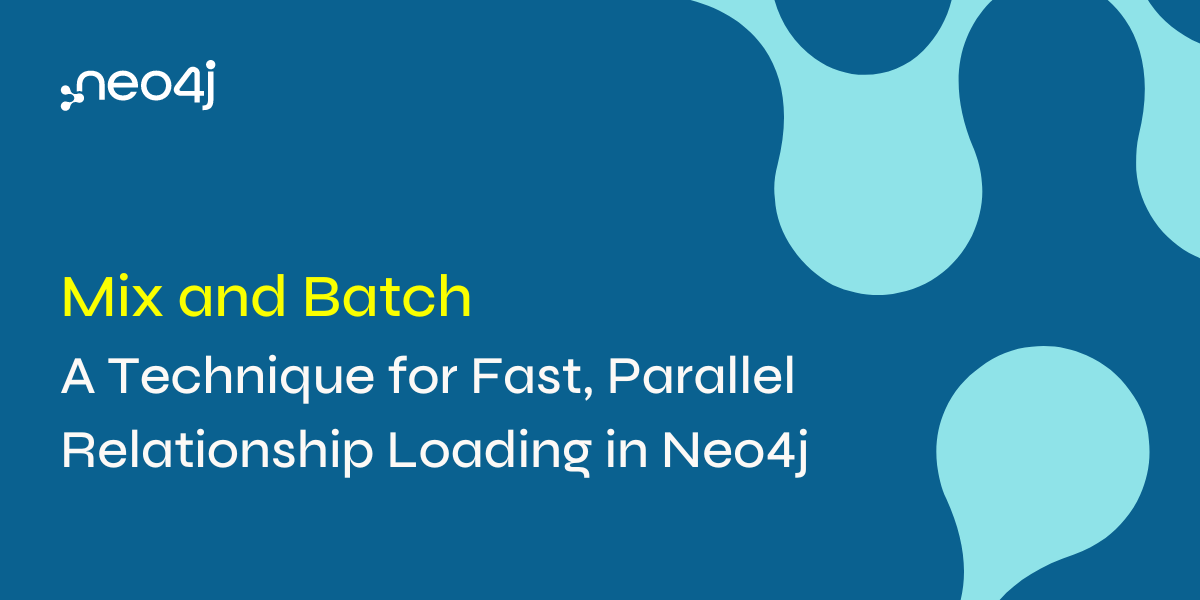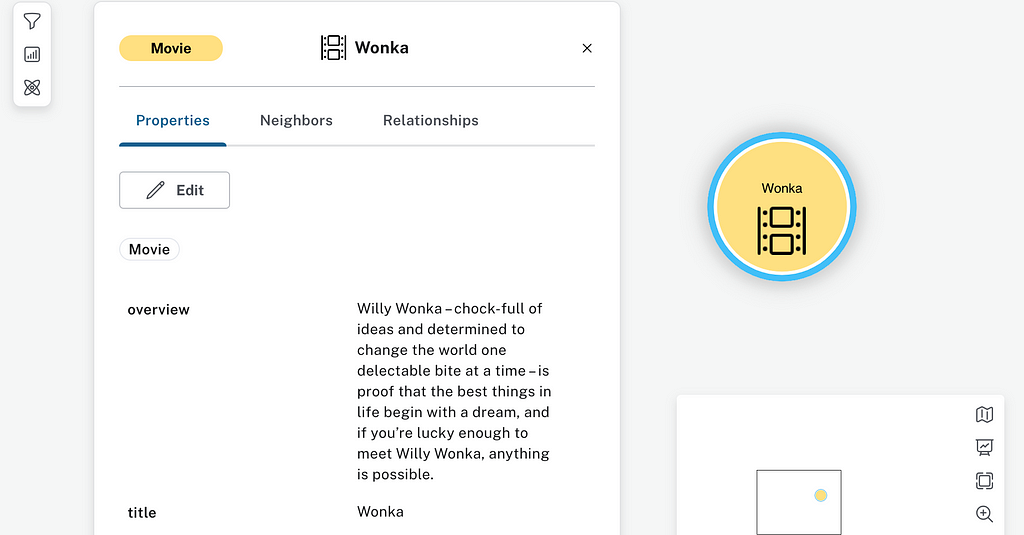Safeguarding Elections: How Graph Technology Powers Groundbreaking Research on Political Ads

Developer Advocate, Neo4j
5 min read

Neo4j has empowered investigative journalists and other complex data uses for more than a decade. From the International Consortium of Journalists (ICIJ) using Neo4j to uncover the Panama Papers scandal in 2015 to NBC deploying Neo4j to expose Russian interference in the 2016 U.S. election, graphs are invaluable in analyzing mass data leaks and revealing hidden patterns in complex, connected data.
Now, Syracuse University’s Institute for Democracy, Journalism, and Citizenship (IDJC) is using Neo4j to shine a light on the murky world of political ad spending on social media. By using a Neo4j graph database to model the tangled network of political ads, funders, and candidates, the IDJC can uncover crucial insights into the flow of money and influence in our digital political landscape. In this post, we take a technical deep dive and explore how graph technology helps the IDJC surface insights that were previously hidden.
How Graph Reveals Hidden Connections in Political Ad Spending
So, what exactly is a graph database, and how does it differ from traditional data storage methods? In a graph database, each entity, whether a person, a political ad, or a funding organization, is represented as a “node.”

These nodes are then connected via “relationships.” For example, if a particular funder sponsors a political ad, a relationship would connect the “Funder” node to the “Ad” node. Similarly, if an ad mentions a specific candidate, a relationship would connect the “Ad” node to the “Candidate” node.

Instead of sifting through a massive, rigid data table to find relevant connections, researchers can follow the relationships between nodes to uncover hidden patterns and relationships. Graph Databases like Neo4j shine when we start looking for more nuanced patterns. For example, let’s consider the way an ad might “MENTIONS” a candidate. MENTIONS is the relationship in the graph between “Ad” and “Candidate”, as seen in the diagram below.

Is it supporting the candidate? Is it attacking the candidate? Adding this extra layer allows the relationship to be seen in a new light. Let’s take a look at an example of this new relationship. Here, we can see a funder that attacks a single candidate and supports another. Refining “MENTIONS” exposes an overview of the funder’s content strategy. While the relationship “FUNDED” still exists, a deeper understanding of the ad’s content informs the relationship.
One can imagine a pattern if we look at all of the funder’s ads. Perhaps many relationships are actually “SUPPORTED” and only occasionally “ATTACKED.” Equally possible is the opposite. A funder may be solely focused on attacking a candidate or, in the case of the primary, perhaps many. By using graphs, we can get a more holistic view of the funder’s actions by seeing the whole web of their messaging. Interesting stuff, but wait, there’s more! Let’s take this same concept and further expand past a single funder to understand the relationships of many funders.

What if we want to know which funders have similar content strategies? In the example below, we expand the number of funders from 1 to 3. This reveals more complex insights into how the funders participate in the election. This example shows us that 2 of the funders have a similar approach: support one candidate and attack another. Yet the 3rd funder is only supporting a candidate. We see there are 2 distinct approaches. While in this case, we are looking at only 3 funders, the work the IDJC is doing looks at thousands of funders and ads. Without a graph, how would these behaviors and similarities be revealed?

The Power of Graph: A More Informed and Transparent Society
Where graphs can take you in this exploration is only limited by one’s imagination. Graphs can answer a variety of questions, such as: Are there certain funders or organizations that are disproportionately sponsoring ads containing misinformation or disinformation? Are there clusters or networks of ads and funders that are working together to spread misleading or false information? How do the relationships between funders, ads, and the spread of misinformation evolve over time? Important and compelling questions.
This technology’s applications go far beyond political advertising. For example, graph databases have investigated complex financial crimes like money laundering and fraud. By analyzing the money flow between different accounts and entities, investigators can identify suspicious patterns and trace illegal activities back to their sources. Graph technology has also been used in healthcare and scientific research to uncover new insights and connections between variables and outcomes — and these are just a few examples in a world of endless possibilities.
As data volume and complexity continue to grow, graph technology will play a crucial role in helping us navigate and understand the intricacies of the information landscape. By embracing tools like graph databases and query languages, researchers and investigators can uncover hidden stories and insights that might otherwise go unnoticed — ultimately helping build a more informed and transparent society.
The Far-Reaching Impact of the IDJC’s Graph-Powered Research
The IDJC’s pioneering research, powered by the cutting-edge capabilities of graph technology, has the potential to profoundly impact the integrity and transparency of our democratic processes. This work can empower voters to critically evaluate political messages and resist attempts to influence their opinions by exposing the hidden networks behind misleading or false information in social media ads. Furthermore, the tools and insights developed through this research can provide journalists and watchdog groups with powerful new means to investigate the sources and spread of misinformation and disinformation in political campaigns, holding bad actors accountable. The findings of the IDJC’s research can also inform policymakers and regulators as they consider new rules for online political advertising to combat misinformation. This contributes to the broader scientific understanding of how social media and online advertising can be used to manipulate public opinion and undermine democratic processes.
As the 2024 presidential election campaign looms, along with a record-breaking number of other elections around the world also taking place this year, the work of the Institute for Democracy, Journalism, and Citizenship at Syracuse University takes on a new level of urgency and importance. With social media playing an ever-increasing role in shaping public opinion and political discourse, the need for tools and methods that can help us make sense of this complex landscape has never been greater.
The IDJC’s research, powered by the revolutionary potential of graph technology and exemplified by Neo4j, represents a significant step forward in our ability to uncover hidden relationships and patterns in social media data’s vast and intricate world. By providing a way to map and analyze the connections between ads, funders, candidates, and other key players in the political advertising ecosystem, this work has the potential to shed new light on the forces that shape our democracy.
For those interested in learning more about the power and potential of graph technology, the IDJC’s research is an inspiring example of how this innovative approach can be applied to solve complex, real-world problems.
Learn more about Neo4j and the power of graph technology here.







